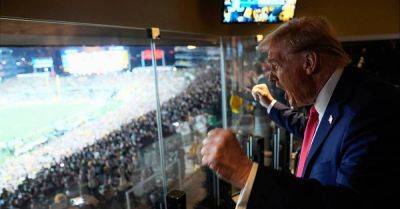Markets ride a rollercoaster as Trump returns to US presidency
Global markets faced a rollercoaster of volatility as major asset classes swung sharply during Donald Trump’s first day in office. Investor sentiment was dominated by the US President's potential implementation of the tariff pledges made during his campaign.
On Monday, European stock markets closed broadly higher after Trump's team signalled that the initial executive orders might exclude tariffs on goods from China, Canada, and Mexico. US stock markets were closed for a public holiday, but the three main futures indices all posted gains. The US dollar sharply retreated, pushing the euro to a two-week high above 1.04. Bitcoin briefly surged to a new record high of over $109,000 before retreating, while gold prices climbed higher and oil declined.
However, nearly all trends reversed during Tuesday's Asian session. President Trump announced plans to impose previously pledged tariffs of 25% on imports from Canada and Mexico starting on 1 February. The announcement sent shockwaves through the markets, with the greenback regaining strength and pressuring other currencies, including the euro. US equity futures declined, setting the stage for potential spillovers into European markets.
Investors are increasingly turning to safe-haven assets to hedge against uncertainty, as sentiment appears highly sensitive to Trump’s policy shifts. “The fact we’ve seen such positive reactions to signals of a more deliberative approach to tariffs shows how concerned the markets are about the impact of trade wars. Further, the volatility seen today shows that sentiment can change in an instant,” said Kyle Rodda, a senior financial market analyst at Compital.com.
Early on Tuesday in the Asian session, traditional safe-haven assets such as gold and








